Brand Your Podcast: Find the perfect title, music, and artwork
Listeners often remember podcasts by their name and logo, making it crucial to create a strong brand image that resonates with them.
Effective, consistent branding (your podcast title, theme music, cover art, logo, etc.) helps you establish a unique identity for your podcast that sets it apart from others in the same genre. Branding is a fun and creative part of the launch process, and a powerful one; strong branding can play a big part in helping you grow your brand or business and reach your goals.
Let's dive in!
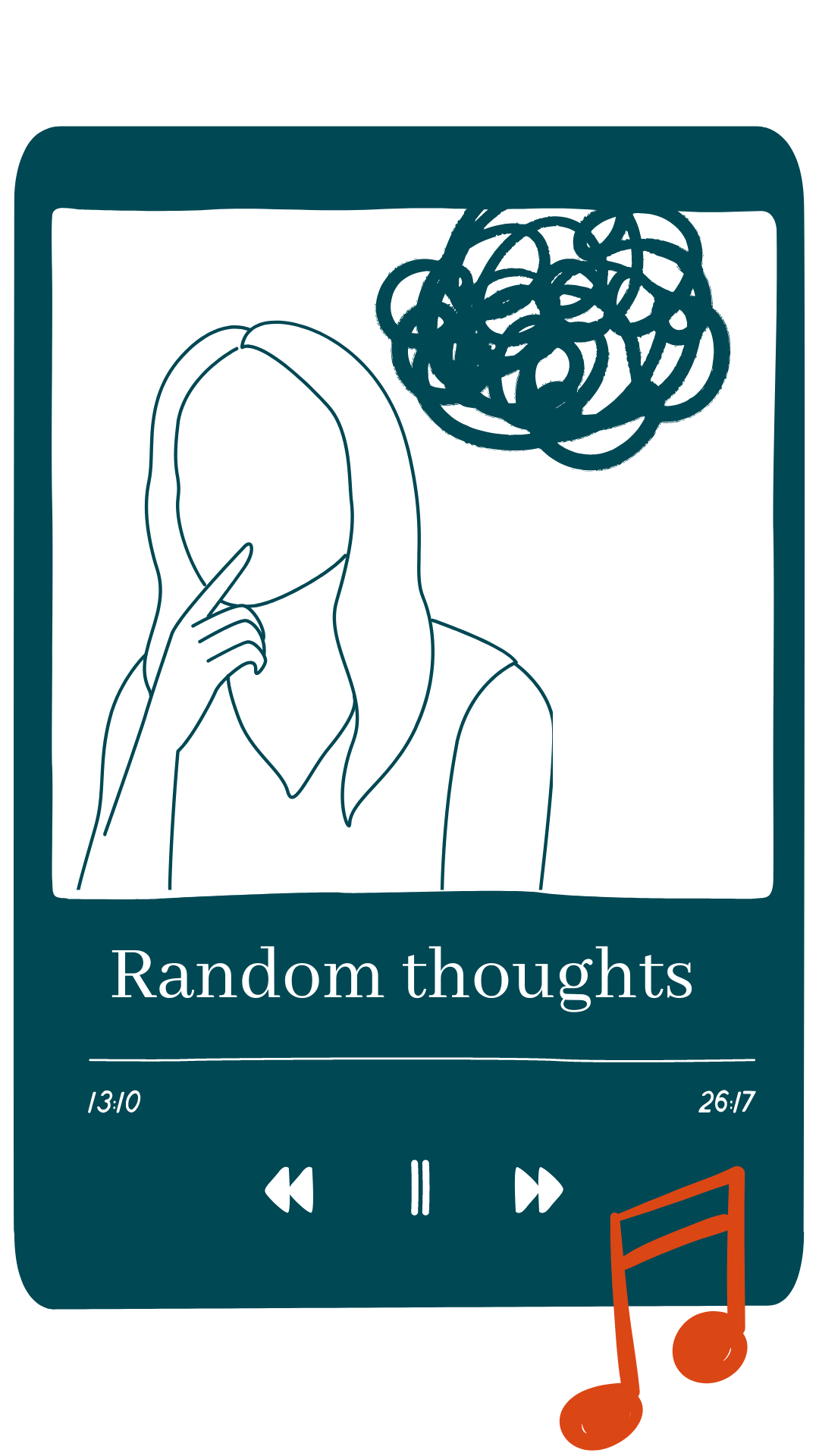
Step #1. Create a memorable podcast title
The name of your podcast (and your cover art) are two of the first points of contact with your potential listeners, so it's important to give a good first impression.
Three simple tips to follow...
You should choose a podcast name that works well in the search engine and immediately captures people’s attention on their first scan.
But what makes a good podcast title that immediately grabs attention and interest? It comes down mostly to these three things:
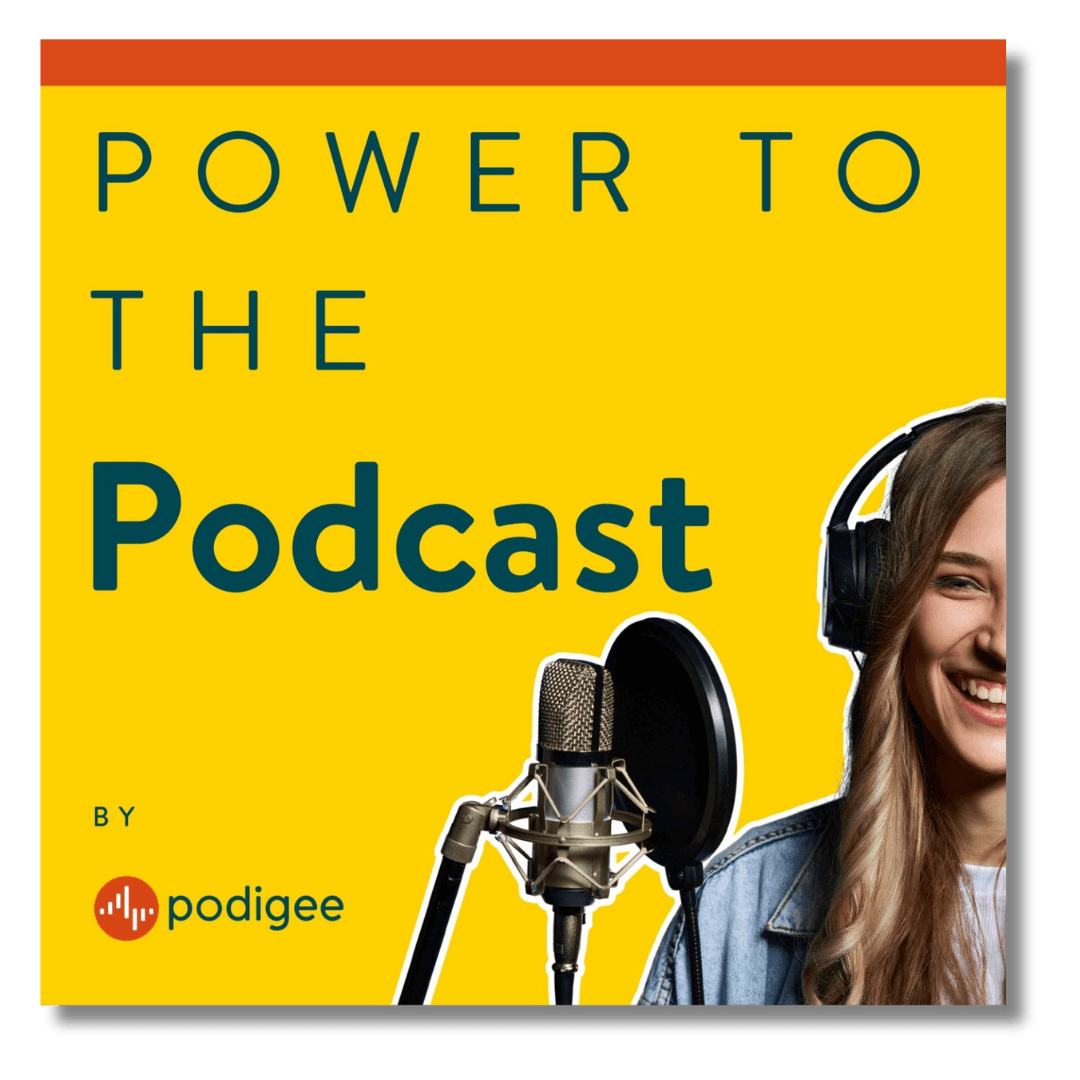
#1. Optimize title for podcast SEO
Google, DuckDuckGo, and Bing are the most popular search engines – and so also are Apple Podcast, Spotify, Google Podcasts, Amazon Music, and others.
But unlike Google, the search functions of the podcast platforms aren’t (yet) as sophisticated, and it’s so relatively easy for your name to show up in search results if you use the right terms.
It is primarily the podcast name that’s classified as keyword-relevant in Google and podcast app ecosystems. If the generic name of the podcast includes a keyword that’s important to you, your podcast will also appear in the search results in response to suitable keyword searches.
As a general rule, the higher up the keyword appears, the higher your podcast will appear in the search results. Besides the podcast title, the title of episodes – and in the case of Spotify, even the podcast description – also plays an important role in search results.
You can use these tools to help:
Bonus resource: Podcast SEO: Find the right keywords (part 2)
#2. Be descriptive and to-the-point
Your podcast title should be short and sweet (ideally under 255 characters). A long title is going to be hard to remember, and our goal is to be as memorable as possible. Having a short podcast title also helps:
- Attract the target audience: A title with topic-specific keywords draws in listeners interested in your niche, fostering an engaged audience.
- Enhance searchability: By incorporating key phrases in your title, your podcast becomes more visible in search results.
- Make it easier for listeners to remember and recommend your podcast.: A memorable title promotes word-of-mouth marketing, helping to expand your audience reach.
The Podigee podcast is called: “Power to the Podcast: How to start your podcast, monetize it, and make it successful.”
“Power to the Podcast” is the attention-grabbing part that reflects Podigee as a company. We want to do more than just deliver a feed, much more: We give podcasts power.
#3. Create a tagline that highlights the benefit of your podcast content
Your podcast tagline serves as a short and memorable phrase that encapsulates the essence of your podcast and highlights the benefits it brings to its audience. It should communicate the unique value of your content and differentiate it from others in the crowded podcasting space.
To create a tagline that piques the interest of potential listeners, ask yourself:
- Who is this podcast for?
- What problem does my content solve for them?
- What is the benefit and value that my podcast offers listeners?
Don't be afraid to brainstorm multiple options and seek feedback from others before settling on a final tagline.
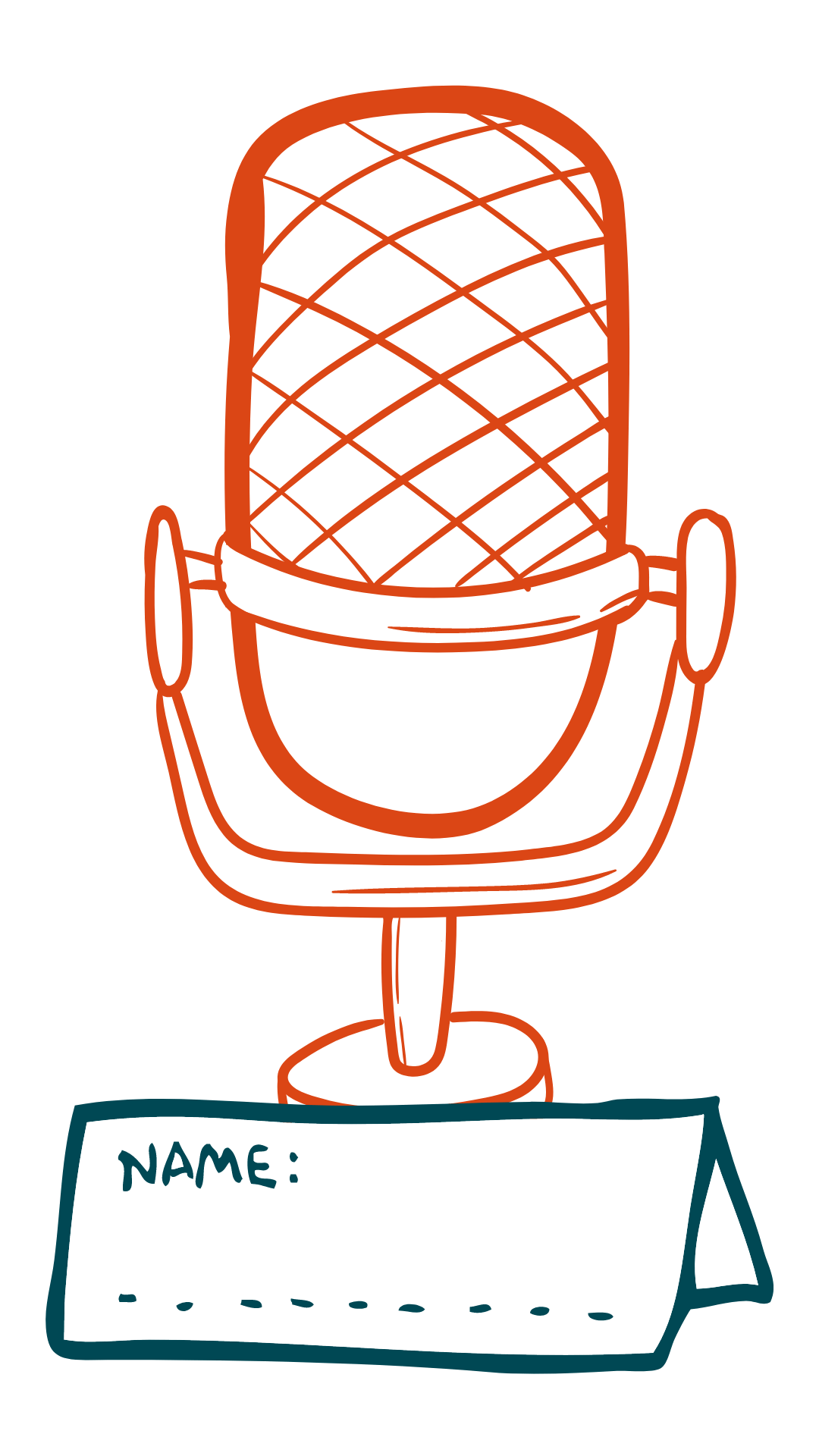
EXAMPLES: Podcast titles & taglines
- How I Built This: "The stories behind some of the world's best-known companies"
- TED Radio Hour: "Ideas worth spreading"
- Wait Wait... Don't Tell Me!: "The oddball news quiz"
- Dirty John: "Love can be deceiving. Listen to find out why."
- Radiolab: "Investigating a strange world"
Step #2. Design your podcast cover
Your cover art is often the first impression that potential listeners have of your podcast, so it's important to make sure it accurately reflects the content and style of your show.
Eye-catching and professional cover art can help increase visibility on platforms like Apple Podcasts or Spotify, making it easier for new listeners to discover your podcast, and can also help build a strong brand for your show. Let's explore three things to keep in mind when designing your artwork.
Keep branding consistent
Cover art is a powerful tool for branding, whether you're a solo podcaster or have a branded podcast for your business. It's akin to the cover of a book, offering the first impression of what's inside.
The cover art should be an extension of your brand's visual identity. For instance, if your brand has a specific color palette or font, use those in your podcast cover to create visual continuity.
If your personal or professional brand is more minimalist, reflect that in a sleek, uncluttered cover design. Remember, your cover art should intrigue potential listeners, but also make them feel like they already know a bit about your podcast's tone and content just by looking at it.
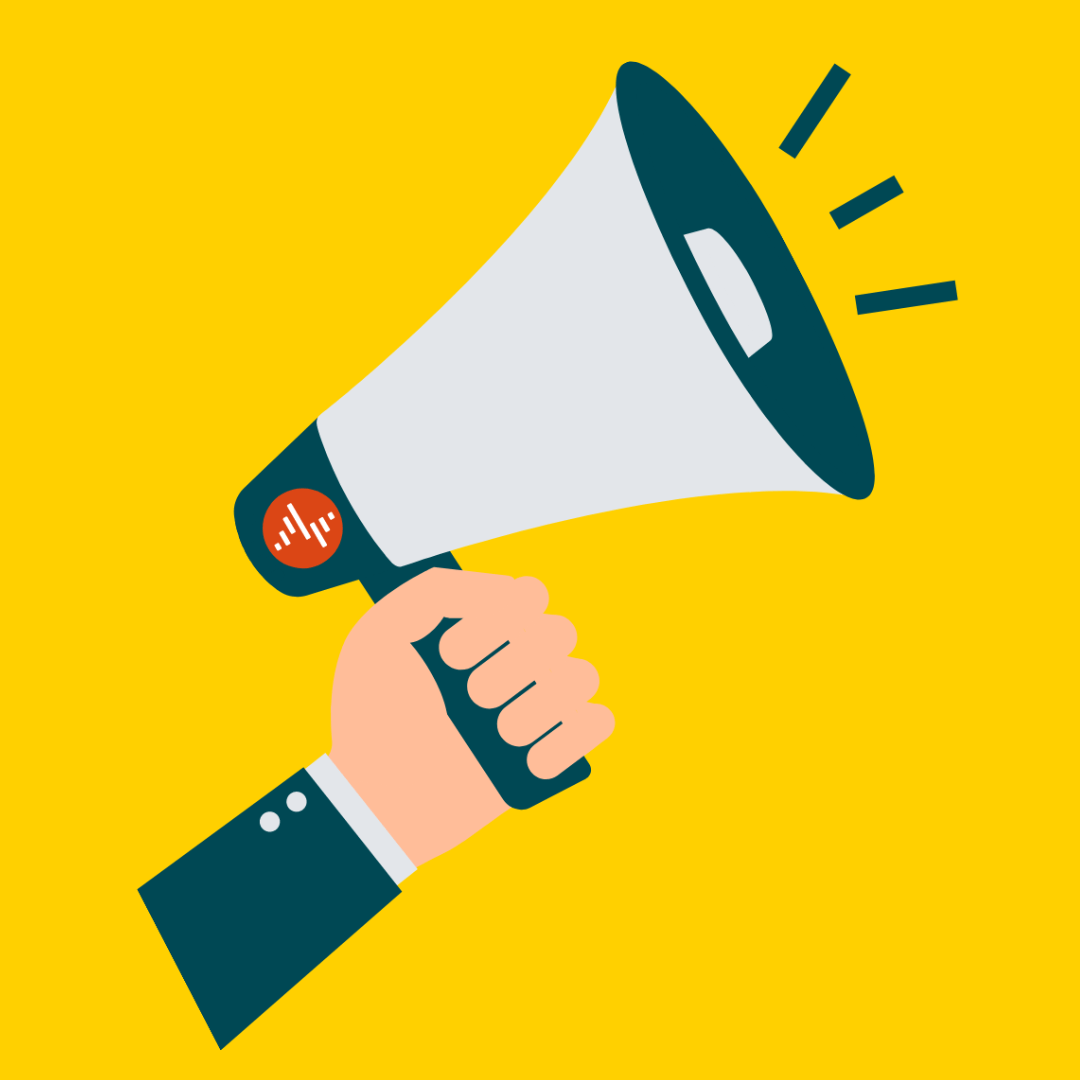
Make it simple
Keeping things simple and using minimalist design techniques can actually be more effective in grabbing the attention of potential listeners. Here are some minimalist design techniques to keep in mind.
- Use a limited color palette
- Include only essential text
- Avoid clutter and overly detailed images
- Stick to a single, standout image or icon
- Opt for clean, readable fonts
Pro tip: See what your artwork looks like on a smartphone at a smaller size to make sure it's easy to read.
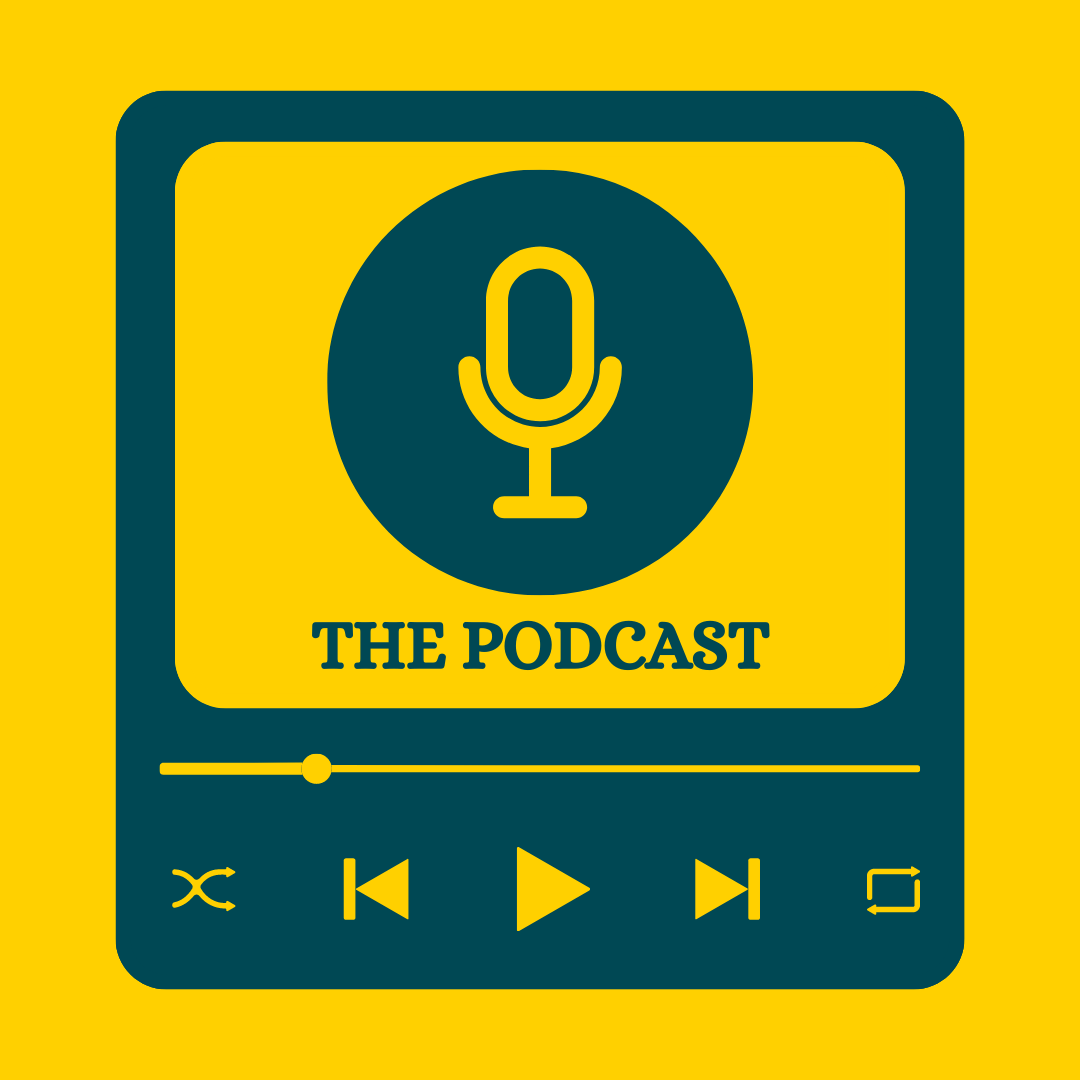
Prioritize originality
Making your podcast artwork original not only helps it stand out from the crowd but also makes it more likely to stick in people's minds, making it both memorable and easier to find.
Consider using bold, vibrant colors, clear fonts, and unique illustrations or designs in your cover art. Also, make sure that the title of their podcast is clearly visible on the artwork in bold font.
Take a look at the competition in your category. See what they're doing and how you can make subtle changes compared to other podcasts with your genre.
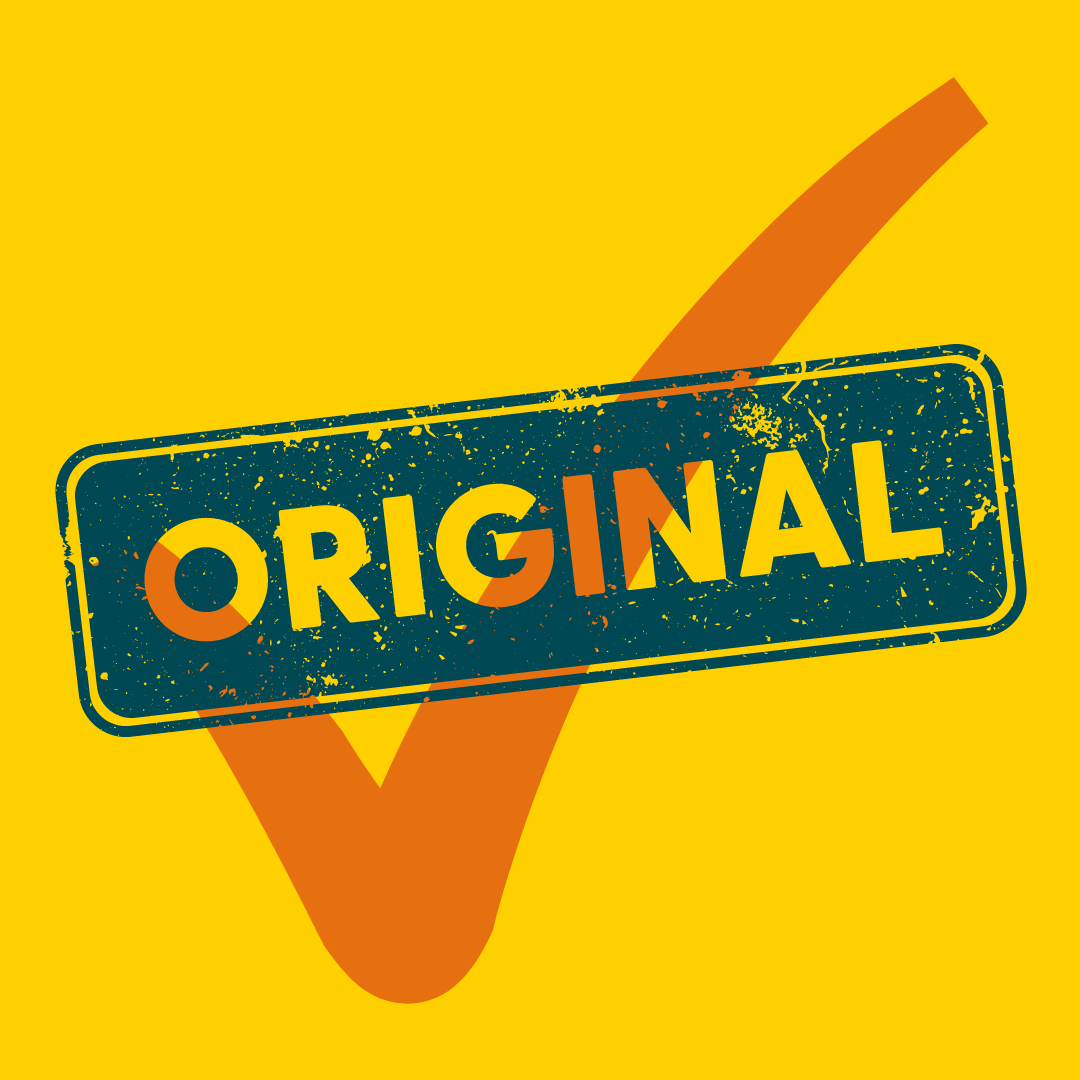
Podcast cover artwork guidelines & tips
Dimensions and requirements
Aside from the design, a podcast cover needs to fit certain dimensions in order to be displayed:
- Minimum 1400 x 1400 Pixel
- Maximum 3000 x 3000 Pixel
- JPG or PNG, although JPG is smaller
- Maximum File size von 512 kb
- RGB Color space
Podcast design made easy with Canva
You can browse through podcast templates in the free-to-use graphic design tool Canva and pick the cover you like the most.
Then, just need to adjust the colors, fonts, and other elements, and you’re ready to go!
Bonus resource: Create Podcast Cover Art With Canva
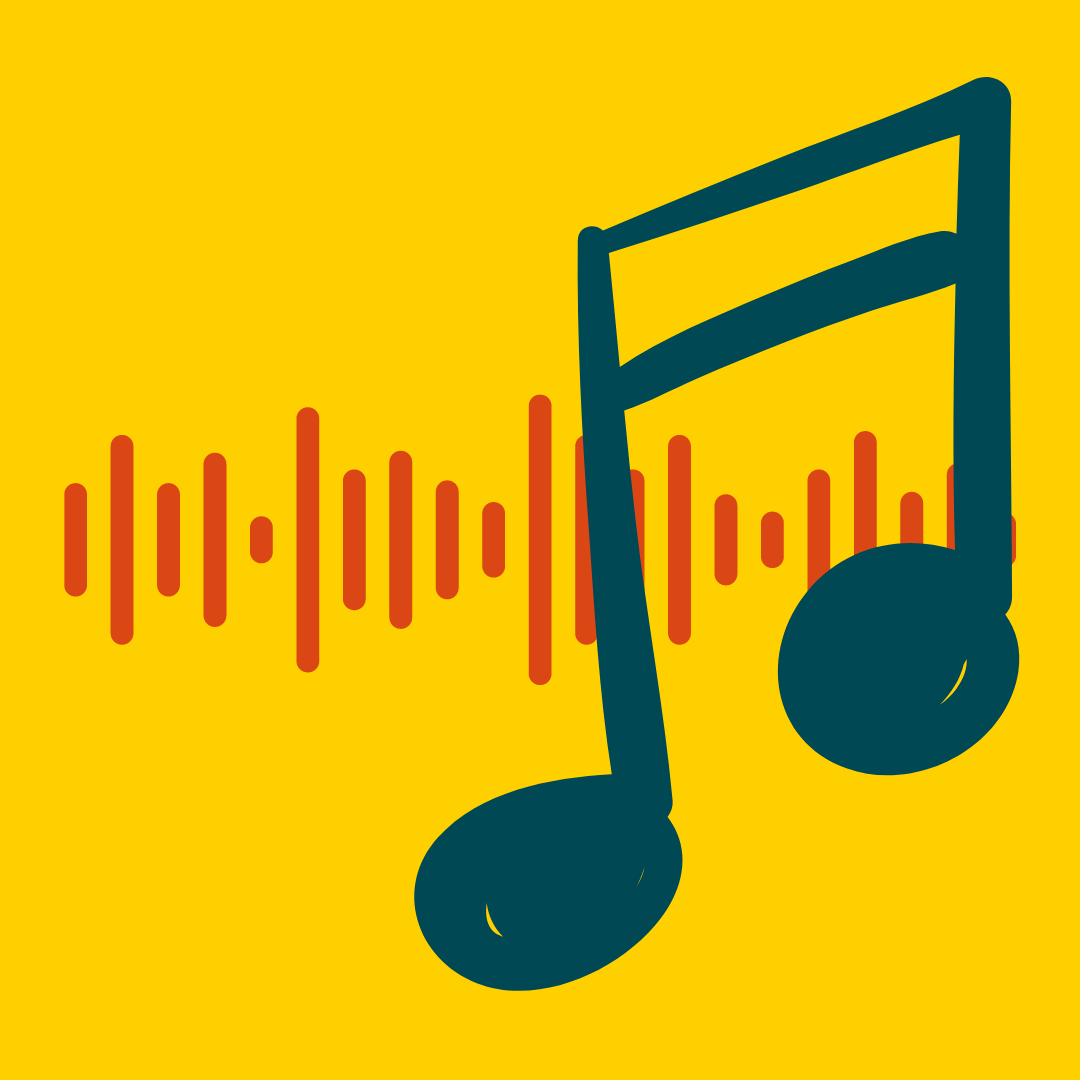
Step #3. Create an on-brand podcast intro
Although the music for your podcast and the introductory text are closely linked, they should be considered separately. Or at least we’re doing so here. Here are a few reasons why incorporating theme music into your podcast is a good idea.
It helps with branding & recognition.
Consistent use of music in your podcast intro contributes to the overall branding of your show. Just like a logo or tagline, a unique and memorable musical theme becomes associated with your podcast over time.
This can enhance brand recognition and make your podcast more distinguishable, especially when listeners encounter it among a sea of other content.
It captures listeners' attention early on & heightens engagement.
Music has the ability to capture the listener's attention right from the start. A well-chosen and well-produced music intro can create a sense of intrigue, excitement, or calmness, depending on the tone you want to set for your podcast. It serves as a sonic cue that signals the beginning of the show and helps create a distinct atmosphere.
Makes your podcast feel professional and polished.
Including music in your podcast intro can contribute to the overall professionalism of your production. A well-crafted intro with music signals to your audience that you've invested time and effort into creating a polished listening experience. This professionalism can help build trust with your audience, making them more likely to continue listening and subscribe to your podcast.
Where to find quality podcast music (free & paid)
There are a number of platforms and providers where you can find music for your podcast. Here are our top two favorite platforms.
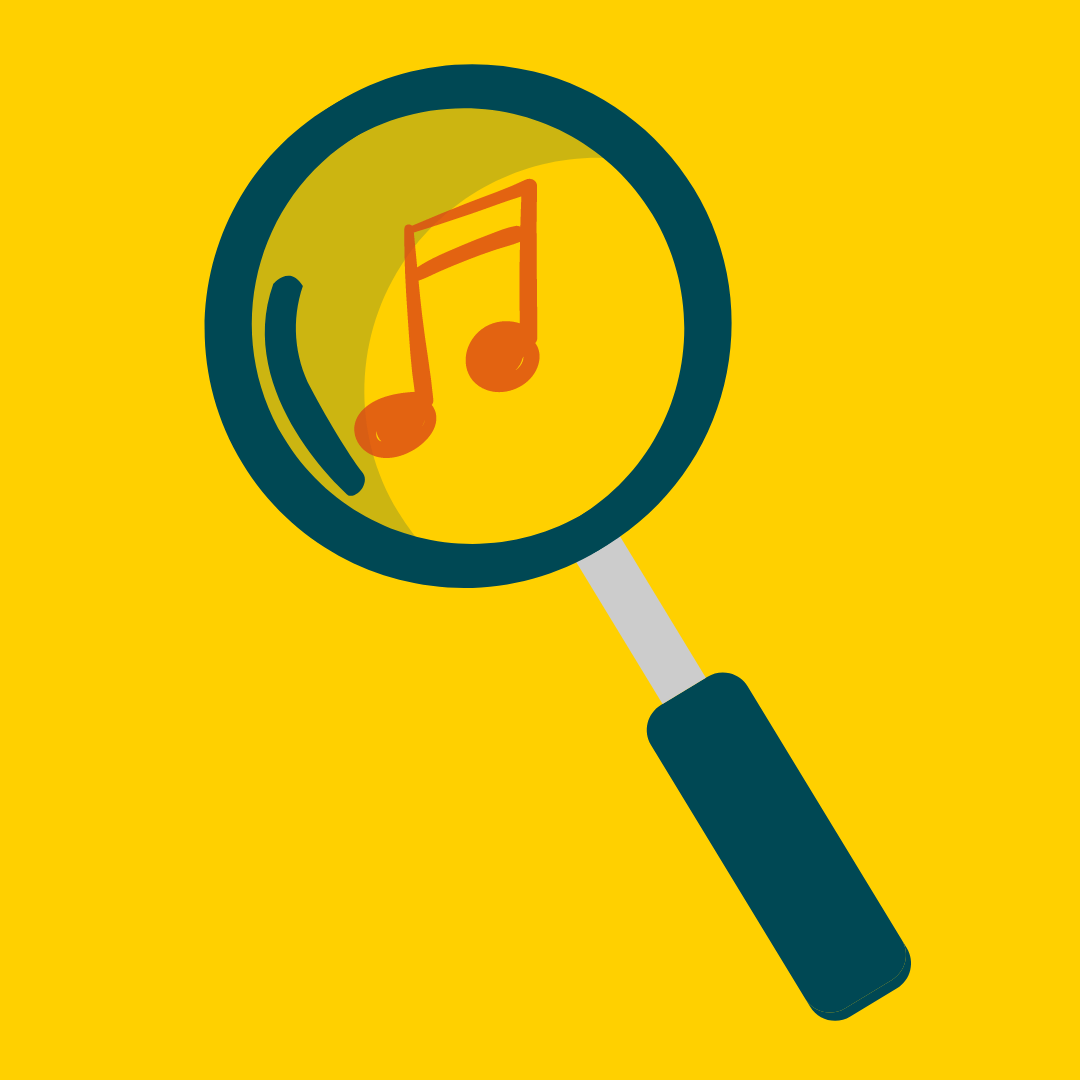
1. Pixabay
Pixabay provides podcasters with a diverse and royalty-free music library, fostering a user-friendly experience through community-driven content.
This resource is ideal for budget-conscious podcasters seeking high-quality tracks without legal complexities, ultimately enhancing their shows and engaging audiences.
2. AudioJungle
AudioJungle offers pay-per-track music perfect for podcasters looking for more unique music and sound effects you can't find on free platforms.
Tracks start at $1 each but vary depending on factors such as the track's length, complexity, and licensing options. After purchase, the track is yours to use as you like!
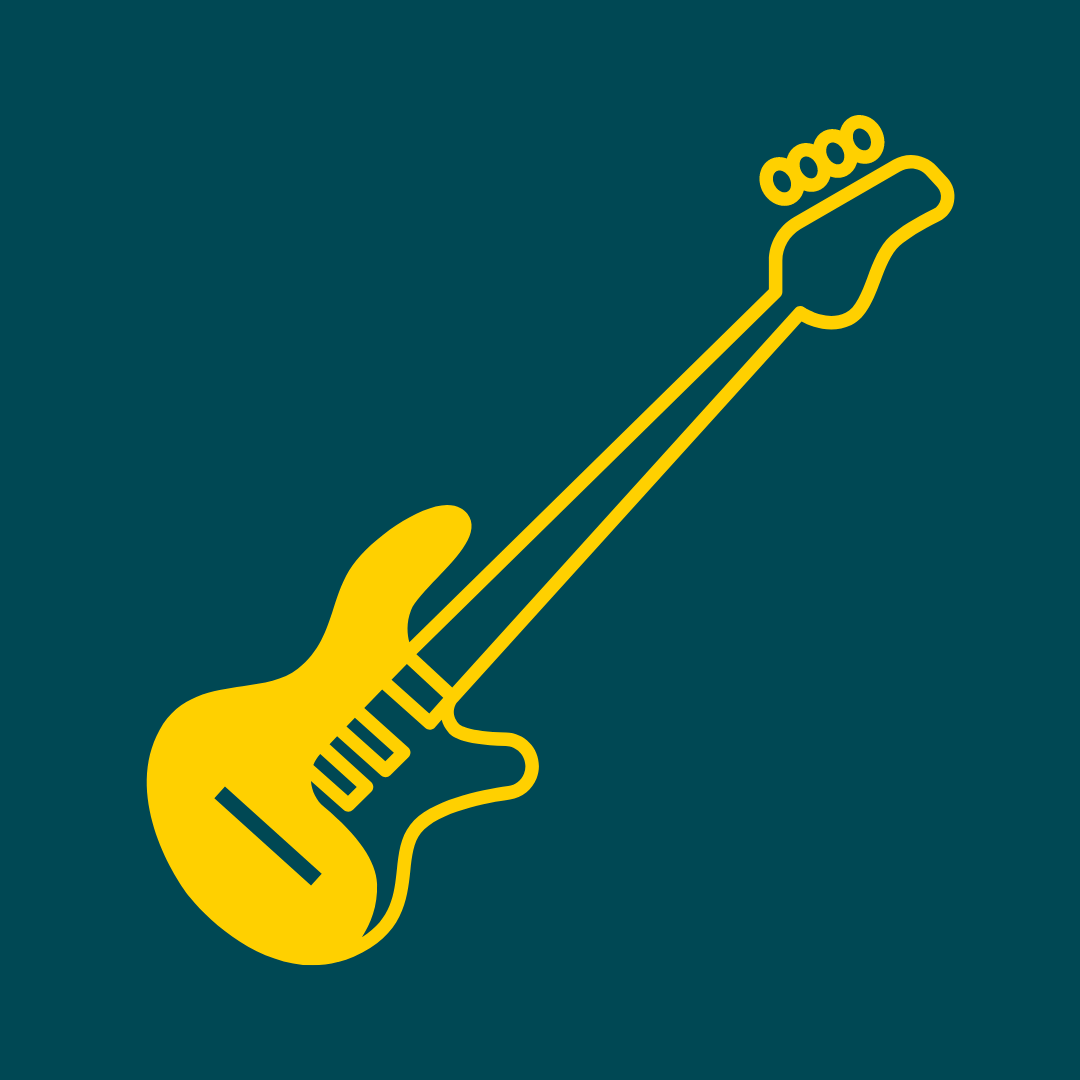
Match the music to the mood of your podcast
Both of these platforms let you not only filter and search music by genre and by mood (inspiring, energetic, sad, etc.). This feature makes it easy to single out tracks that fit the exact feel of your podcast.
Of course, it's entirely up to you the kind of track you choose, but once you do, try to keep it consistent across episodes (for the intro).

Keep it short!
Keeping the intro brief prevents the risk of losing audience interest, offering a concise and memorable entry point that contributes to an overall positive listening experience!
If your podcast intro is too long, people might disengage before the episode starts. The goal is to hook people from the beginning with a brief intro and fairly quickly move on to the meat of the episode.

Not feelin' music? No problem.
While a musical intro can enhance a podcast, it's not necessary for all podcasters. Some content may benefit from a direct and immediate start, allowing hosts to dive into the main topic without any introductory music.
In certain cases, a lack of musical intro can create an authentic and unfiltered connection with the audience, providing a more straightforward and intimate listening experience. Ultimately, the decision to include or exclude a musical intro depends on the podcast's style, content, and the desired relationship with the audience.
How to nail your podcast intro
A strong podcast introduction is crucial for capturing your audience's attention and setting the tone for your entire episode. It serves as a teaser, enticing listeners to continue listening and providing them with a glimpse of what's to come.
A well-crafted intro can also draw in new listeners and keep existing ones engaged–nailing this first part of your show is integral to getting listeners to stick around till the end.
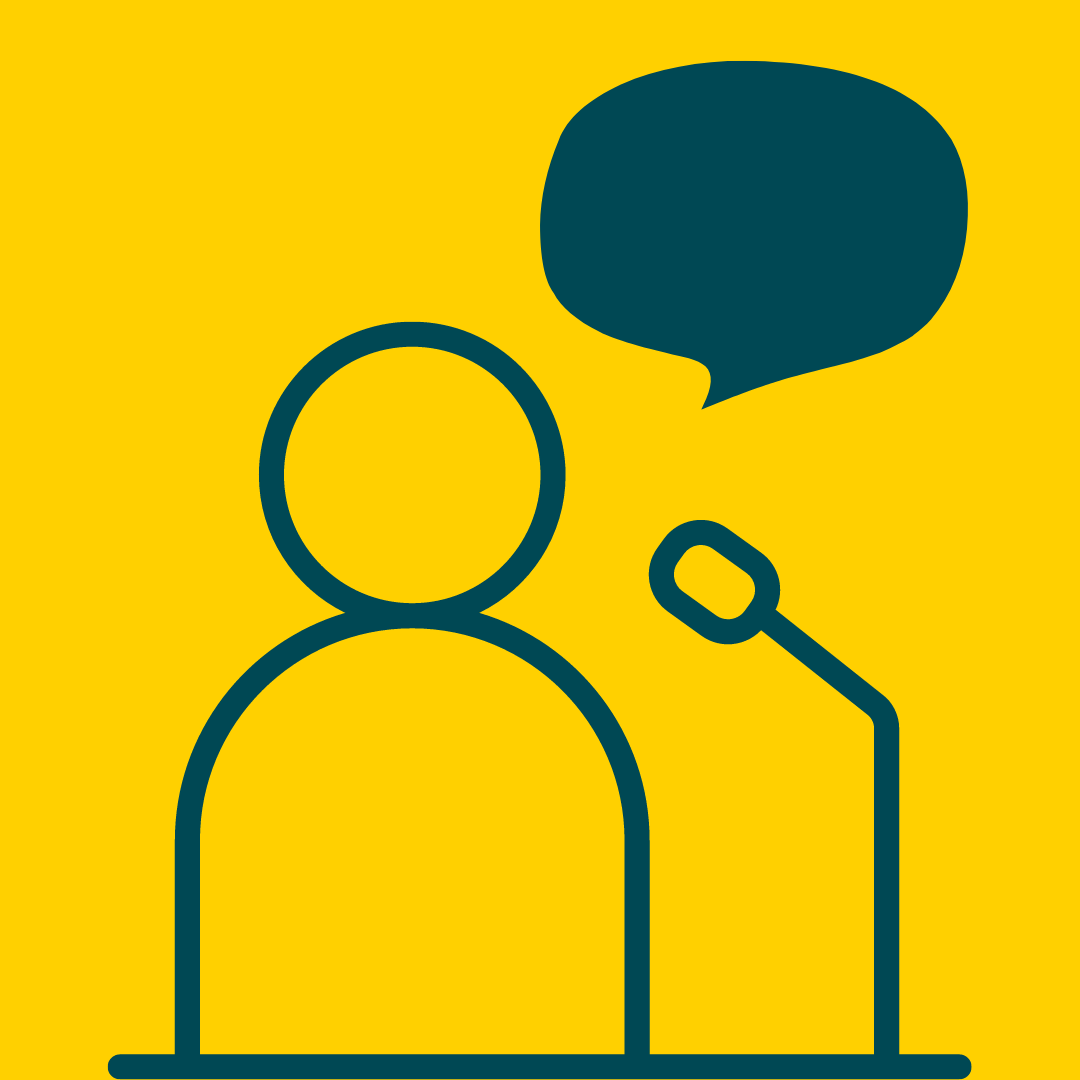
What's the right intro length?
Unlike on Netflix, there's no "skip intro" option for podcasts. That’s why we suggest making your intro pithy and relatively brief–approximately 30 seconds, as a rule of thumb.
What should a podcast intro include?
Include a brief introduction of yourself (and any co-hosts) as well as a topic overview of the episode. Try to share something like a teaser to keep listeners engaged till the end.
Well done, Part 4 is finished! ✅
Continue now with Part 5 : Prepare the Perfect Podcast Recording Studio
How To Start a Podcast: The Definitive Guide
- Part 1: Create a Captivating Podcast Concept
- Part 2: Make Your Editorial Calendar
- Part 3: Choose the Right Podcast Equipment for You
- Part 4: Brand Your Content: Find the perfect title, music, and artwork
- Part 5: Prepare the Perfect Podcast Recording Studio
- Part 6: Record Your First Episode: Scripting, style, and storytelling
- Part 7: Streamline Your Recording & Editing Workflow
- Part 8: Choose a Podcast Hosting Service: Tips for selection and setup
- Part 9: Maximize your Podcast Reach: Publish to Apple Podcasts, Spotify, Amazon, and other platforms
- Part 10: Learn Powerful Podcast Promotion Strategies
Start your podcast today with Podigee
.png)
- Publish your podcast in just a few clicks: on Spotify, Apple Podcasts, Youtube and everywhere else where podcasts are available.
- Unlimited storage for your podcasts, secure and privacy-compliant, detailed playback analytics.
- Outstanding support at every step of your podcast journey, right from the start.